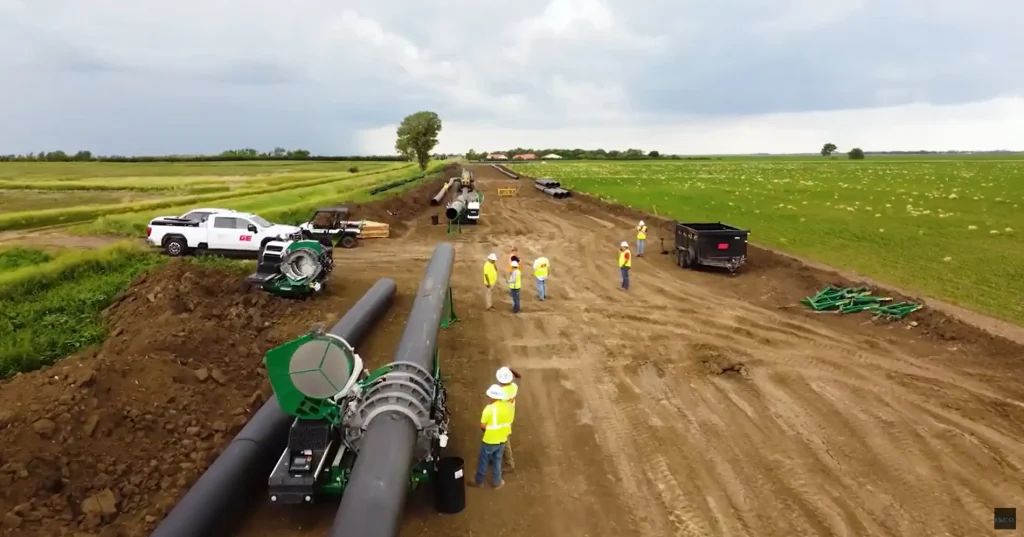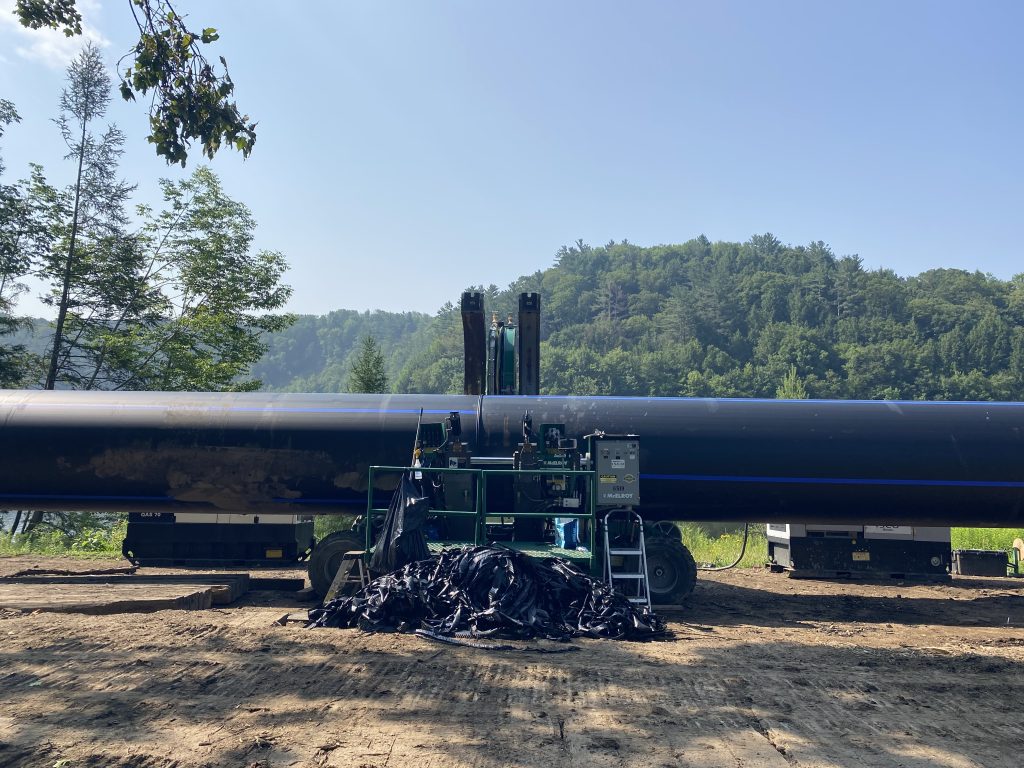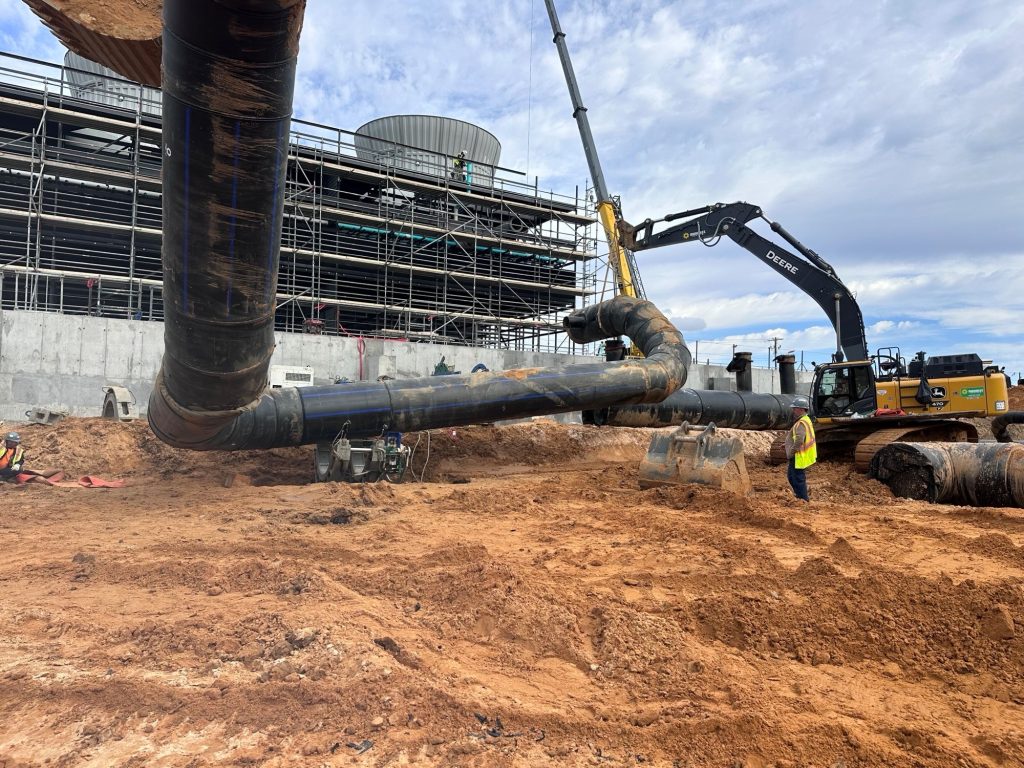Resources
Field Reports
New Mexico DOT Saves Money and Time Relining Multiple Culverts with Snap-Tite HDPE Pipe
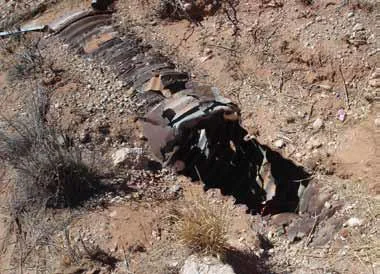
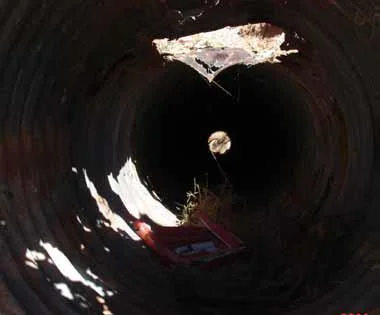
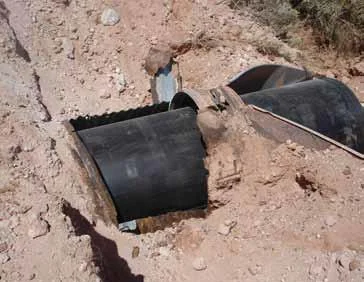

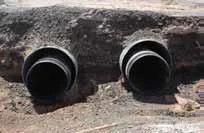
The Problem
The U.S. road infrastructure is in a bad state. One of the major causes of concern is culvert failure. Culverts that were installed 40 to 50 years ago are now past their design life and failing, or have failed, causing road collapses, traffic delays and safety hazards.
The New Mexico Department of Transportation (NMDOT) District Two was faced with multiple corrugated metal pipe (CMP) culverts along highway SR 31 that were rusting from the top down due to salts on the highway. Typically, CMP culverts corrode and deteriorate on the bottom first, but these were falling apart at the top, which meant the road was in great danger of collapse. In total, the NMDOT District Two needed to rehabilitate 13 CMP culverts ranging in diameters from 24 inches to 42 inches.
The Solution
Trevor Cone, Snap-Tite representative, spoke with Richard Villescas, NMDOT area maintenance supervisor for District Two, about a no-dig solution to rehabilitate the damaged culverts – the Snap-Tite culvert lining system. Cone also worked with Troy Hensley from NMDOT and Hydro-Watt’s Mike Wedel, a Snap-Tite distributor, to determine the right Snap-Tite materials for this project.
The Snap-Tite culvert lining system is made of high-density polyethylene (HDPE) pipe. Snap-Tite’s patented male/female machining at each end of the HDPE allows the pipe ends to be ‘snapped’ together, piece-by-piece, and pushed into the full length of the existing pipe. The pipe liner is available in lengths from two feet to 50 feet, and is available for culverts with diameters from eight inches to 84 inches.
The Snap-Tite pipe liners used on this project varied in diameter from 18 inches to 36 inches and came in lengths of 8 feet to 24 feet. The length of the sections chosen for each project often depends on the working area available for installation. The NMDOT District Two purchased the pipe using the New Mexico State Price Agreement Number: 10-805-00-06590.
The Installation
Snap-Tite is both fast and safe to install. The lining system does not require specialty contractors or complicated equipment so the DOT district was able to use its own crew to do the work.
The Snap-Tite installation process usually involves snapping the Snap-Tite pipe ends together using only a come-along and chains, inserting the Snap-Tite liner into the old damaged culvert, and then filling in the annular space and any voids between the old CMP and new Snap-Tite liner with grout.
After installing several of the culverts, the DOT crew developed a system of using two back-hoes to snap the pipe together and to slide it inside the old culverts. Towards the end, they became fast and efficient at snapping and lining, so it only took about two weeks to reline and grout all the damaged culverts under the highway.
“The Snap-Tite system allowed our crews to safely restore 13 culvert locations on SR 31 without having to close the road or detour traffic. It was very important that the product and installation method be both cost-effective and give us a permanent solution. Snap-Tite was able to provide the NMDOT with both,” said Villescas.
“The Snap-Tite team traveled to Carlsbad and worked with our crew at the start of the project. With the provided training, we were able to complete the rehabilitation project with our own forces. There was no special equipment required,” Villescas added. “When compared to a traditional dig and replace, Snap-Tite was about one-third of the cost and also saved us a great deal of time and effort. We will definitely use this system on future culvert projects.”
Due to the cost savings and ease of installation, the NMDOT already plans to reline more culverts this year along SR 31.
